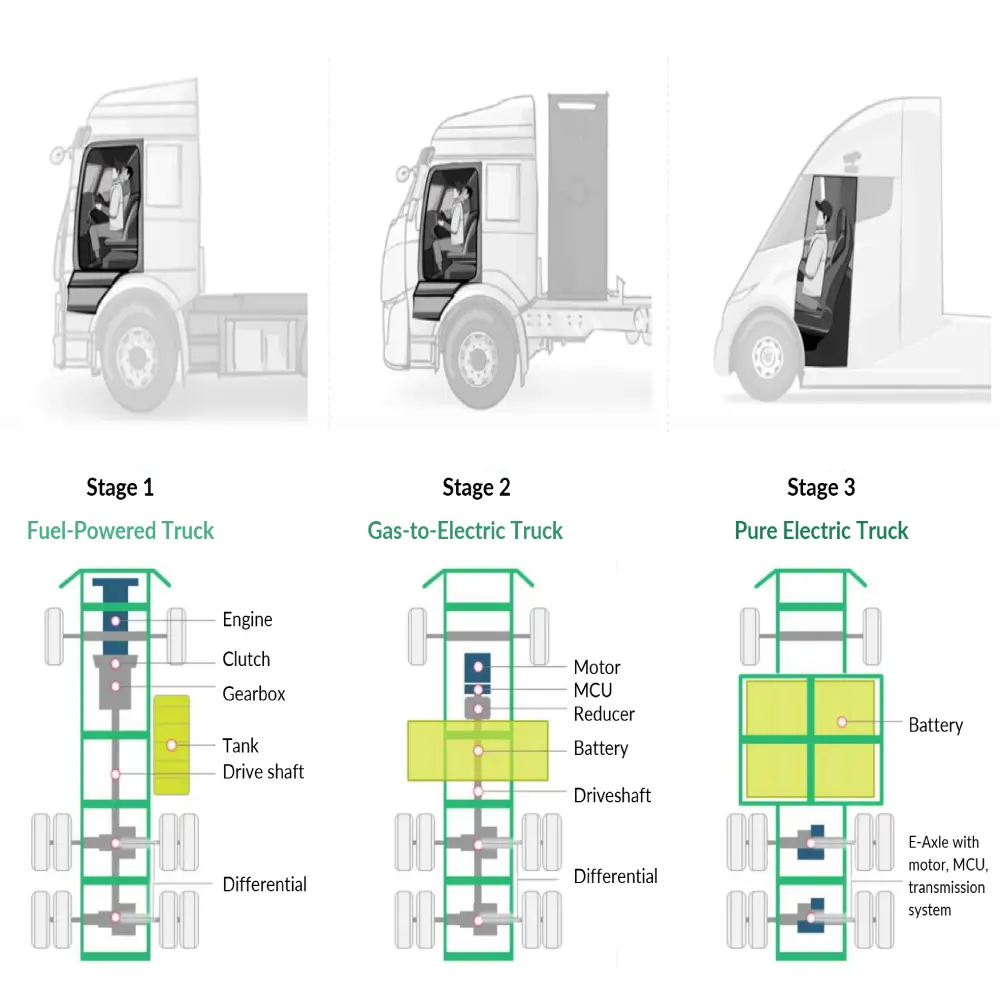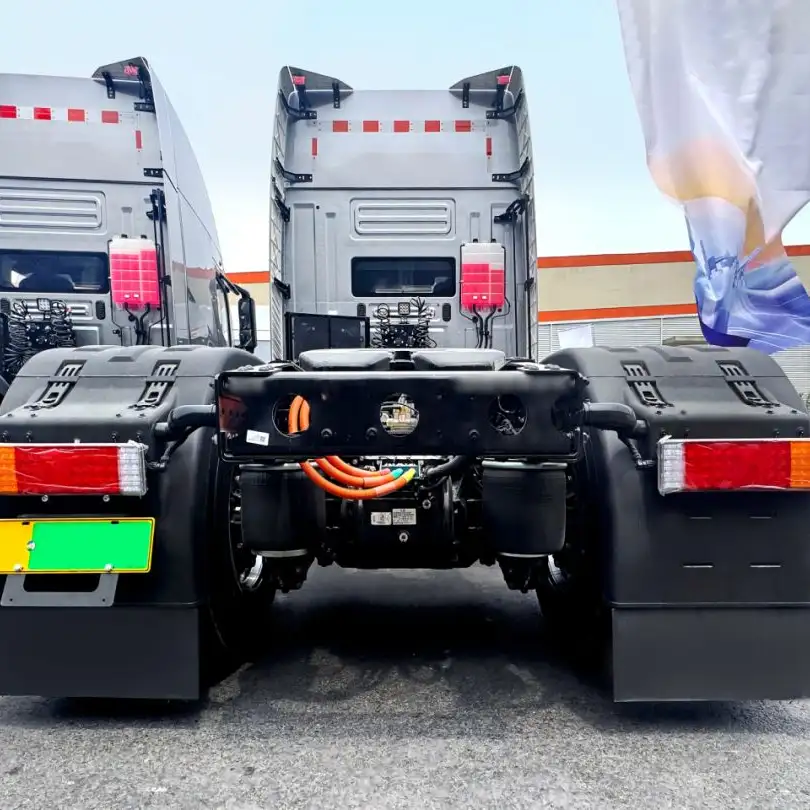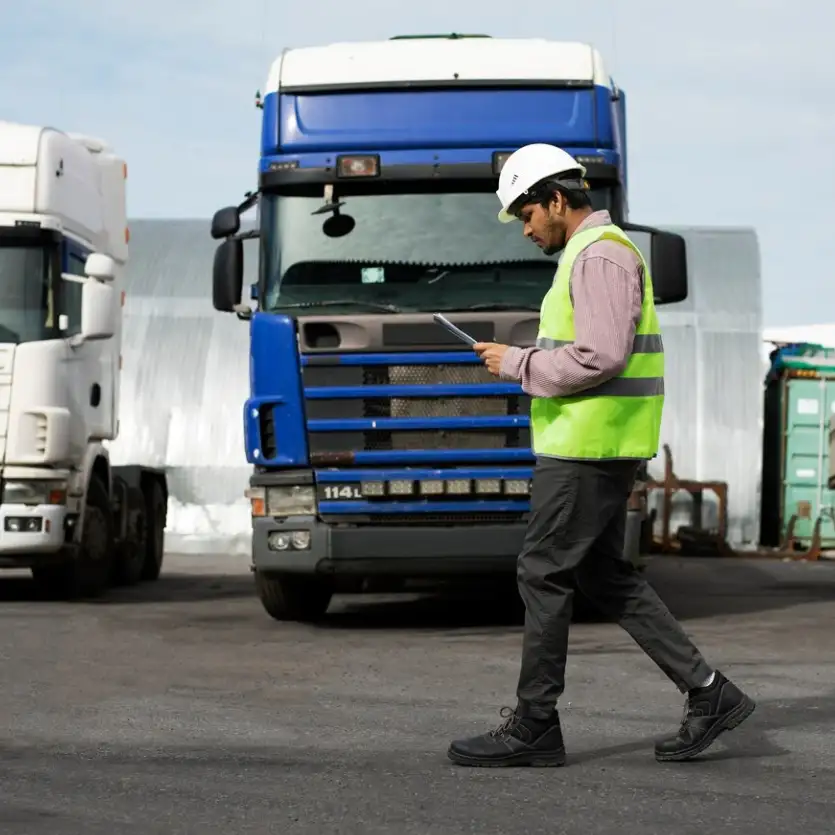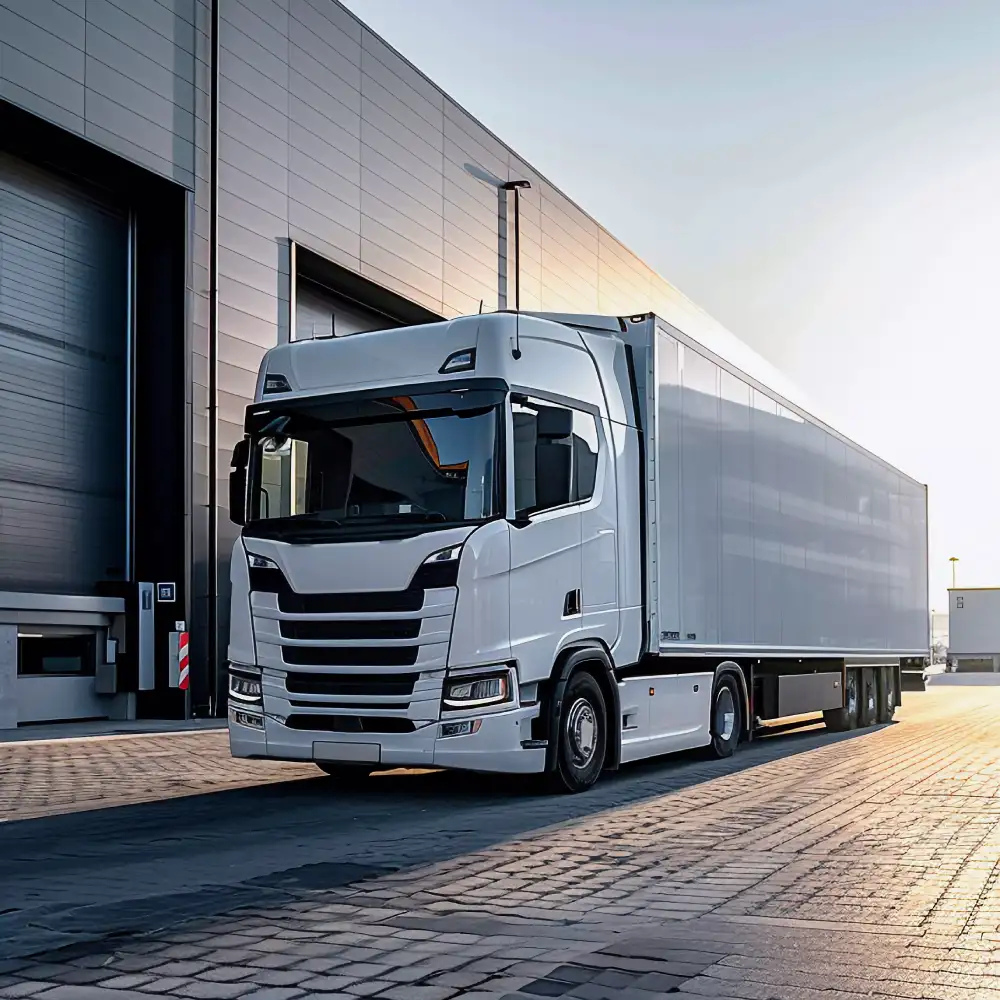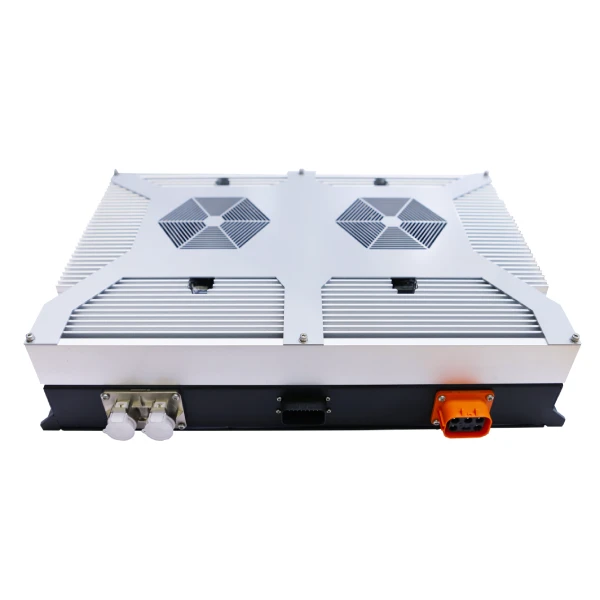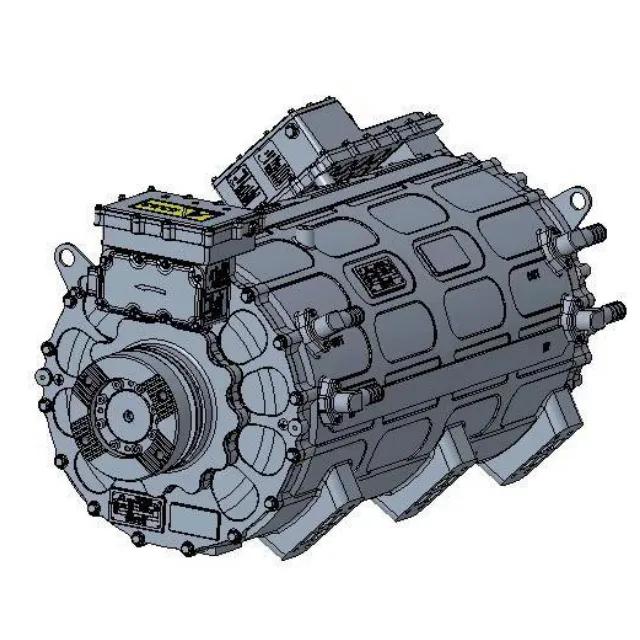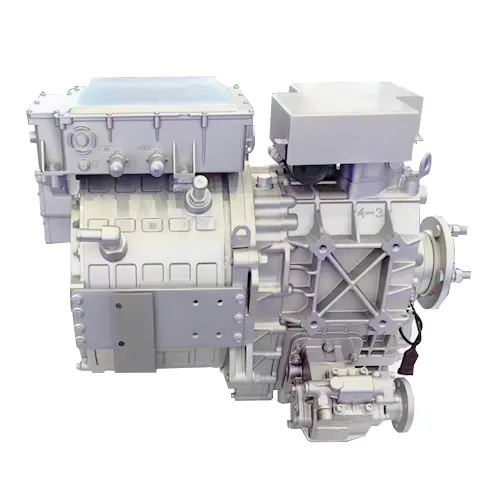Integrated ePowertrain Solution for Electric Dump Trucks: Motor + 2-Speed AMT
Integrated ePowertrain Solution for Electric Dump Trucks:Motor + 2-Speed AMT This integrated ePowertrain solution is ideal for Class 7 electric heavy-duty trucks around 12 tons, such as electric dump trucks. It combines a high-performance motor with a 2-speed AMT to optimize system efficiency and extend the lifespan of key components, even under heavy-duty operating conditions. Lower energy consumption Higher torque performance Long-term durability Safety and environmental friendliness Enhanced driving comfort Email: contact@brogenevsolution.com Get Custom Quote Optimized ePowertrain for Heavy-Duty, Low-Speed Operations Background In today’s electric heavy-duty truck market, many OEMs adopt a direct-drive architecture – using a single PMSM to drive the shaft – mainly to reduce cost. While simple and cost-effective, this design struggles to deliver efficient motor performance across both low-speed high-torque and high-speed low-torque working conditions. This challenge becomes even more critical for electric dump trucks operating in urban construction and transport scenarios, where vehicles often run under heavy-load and low-speed conditions such as uphill driving or stop-and-go operation. Our Solution: PMSM + 2-Speed AMT ePowertrain To overcome the limitations of traditional direct-drive systems in electric dump trucks, we provide a dedicated ePowertrain solution that pairs a high-performance PMSM with a 2-speed AMT. This configuration is specifically engineered to enhance energy efficiency and extend system durability under heavy-duty, low-speed operating conditions. This combination enables the motor to operate more efficiently in low-speed, high-torque scenarios – such as hill climbing or fully loaded starts, where energy losses are typically high. By optimizing motor load and shifting gears as needed, this system helps reduce overall power consumption and prolong motor life, even during continuous high-load operation. In addition, the inclusion of a 2-speed AMT provides greater flexibility for PTO integration, which is essential for construction and utility vehicles that require hydraulic lifting or other auxiliary power applications. System Parameters Model Drive motor Transmission System PTO Rated/peak power Rated/peak torque Maximum speed Number of gears Speed ratio Maximum output torque System weight Maximum output torque Speed ratio OETED3010 80/160 kW 500/1100 N.m 4500 rpm 2 1st – 2.7412nd – 1 3015 N.m 174 kg 1.175 300 N.m OETED3380 120/185 kW 650/1300 N.m 3500 rpm 2 1st – 2.7412nd – 1 3380 N.m 210 kg 1.175 300 N.m Solution Advantages – High Reliability & Proven Performance Our 2-speed AMT gearbox is rigorously tested to meet the highest reliability standards: Waterproof, dustproof, high/low temperature, salt spray, and vibration resistance Over 3x rated torque in static torsion tests 1 million gear shifts in durability per gear 200,000 km bench durability simulation 50,000+ km road testing Consistency testing across 50 units Targeted service life: 1 million kilometers Over 30,000 units of the motor+AMT ePowertrain have been deployed Application Example This electric dump truck is equipped with a motor and a 2-speed AMT e-powertrain. The motor delivers a peak power of 160 kW, significantly improving efficiency during low-speed, high-torque operating conditions. Discover more of our electric truck motor solutions here: https://brogenevsolution.com/electric-motors-for-truck/ Business inquiry: contact@BrogenEVSolution.com We usually reply within 2 business days. Relevant Solutions All Posts Autonomous Vehicles Charger & Converter EV Industry EV Motor Heavy Transport Industry Insight Light Commercial Vehicles Marine Electrification Public Transportation Specialty Equipment Technologies Back EV Motor Heavy-Duty Truck Electrification Solutions Electric Truck Motor Contact Us Get in touch with us by sending us an email, using the Whatsapp number below, or filling in the form below. We usually reply within 2 business days. Email: contact@brogenevsolution.com Respond within 1 business day Whatsapp: +8619352173376 Business hours: 9 am to 6 pm, GMT+8, Mon. to Fri. LinkedIn channel Follow us for regular updates > YouTube channel Ev systems introduction & industry insights > ContactFill in the form and we will get in touch with you within 2 business days.Please enable JavaScript in your browser to complete this form.Please enable JavaScript in your browser to complete this form. Name * FirstLast Work Email *Company Name *Your Project Type *– Please select –Car, SUV, MPVBus, coach, trainLCV (pickup truck, light-duty truck, etc.)HCV (heavy-duty truck, tractor, trailer, concrete mixer, etc.)Construction machinery (excavator, forklift, crane, bulldozer, loader, etc.)Vessel, boat, ship, yacht, etc.Others (please write it in the note)Your Interested Solutions *– Please select –Motore-AxleBatteryChassisAuxiliary inverterOBC / DCDC / PDUAir brake compressorEPS / EHPS / SbW / eRCBBTMSOthers (please write it in the note)Do you have other contact info? (Whatsapp, Wechat, Skype, etc.)Please introduce your project and your request here. * Checkbox * I consent to receive updates on products and events from Brogen, and give consent based on Brogen’s Privacy Policy. Submit


